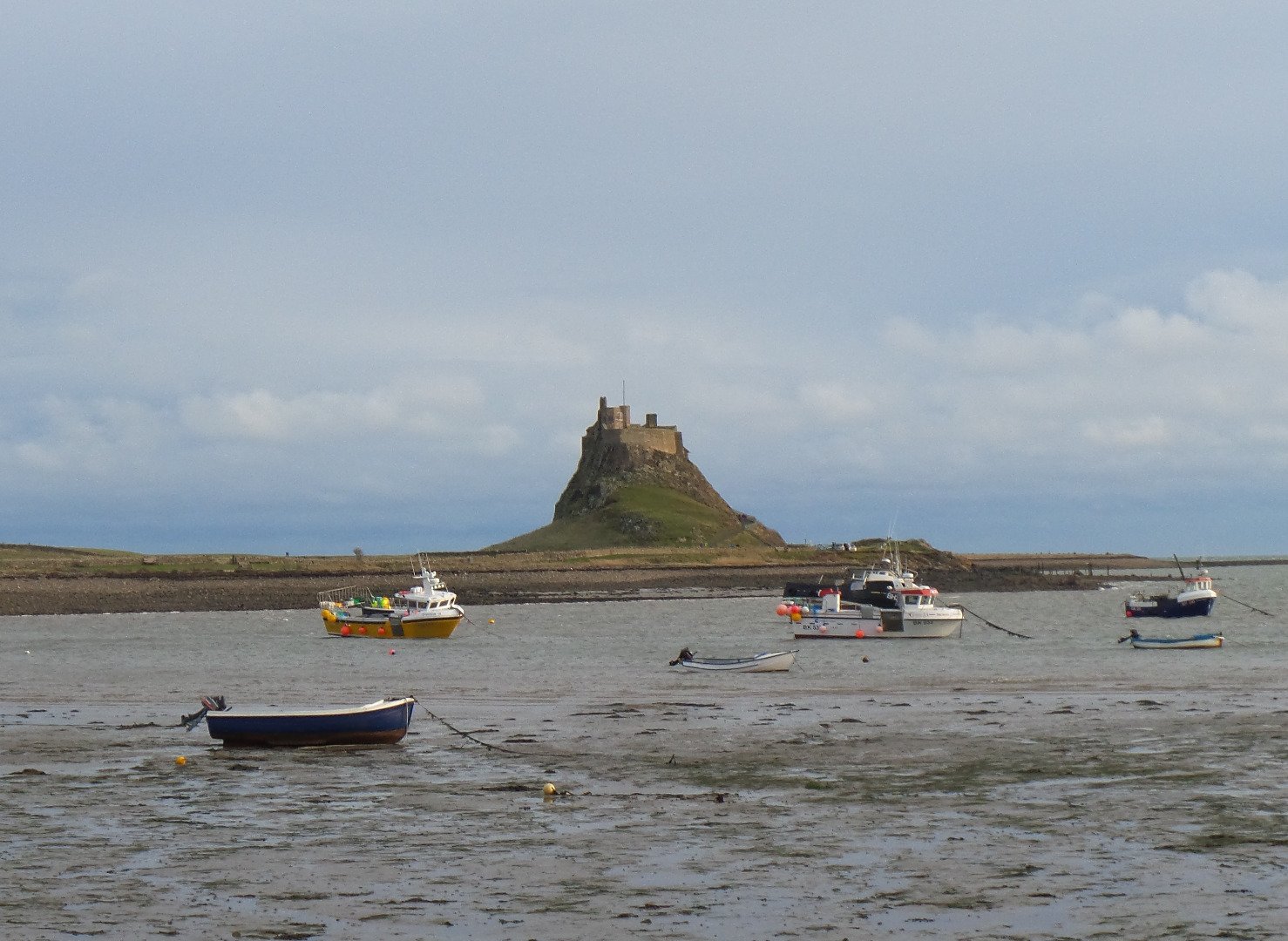
Sitting like a jewel in the sea just off the beautiful coast of Northumbria in the far north of England, lies the historic island of Lindisfarne – also known as Holy Island.
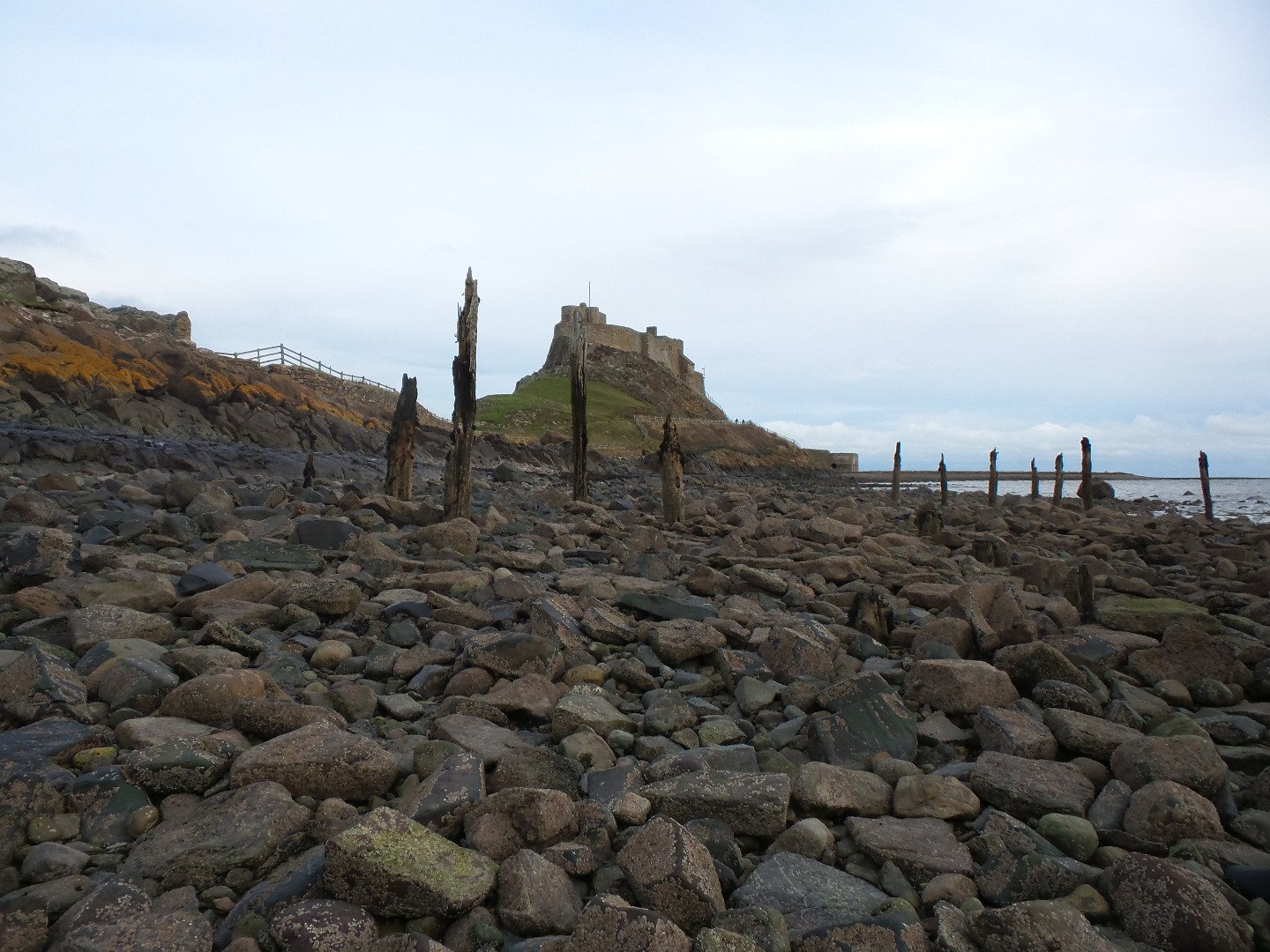
Dominated by the looming presence of the 16th century castle perched on a volcanic outcrop, Lindisfarne is famous as the site of a major centre of early Christianity and is the spot chosen by St Aidan to found an Anglo-Saxon monastery in A.D 635.
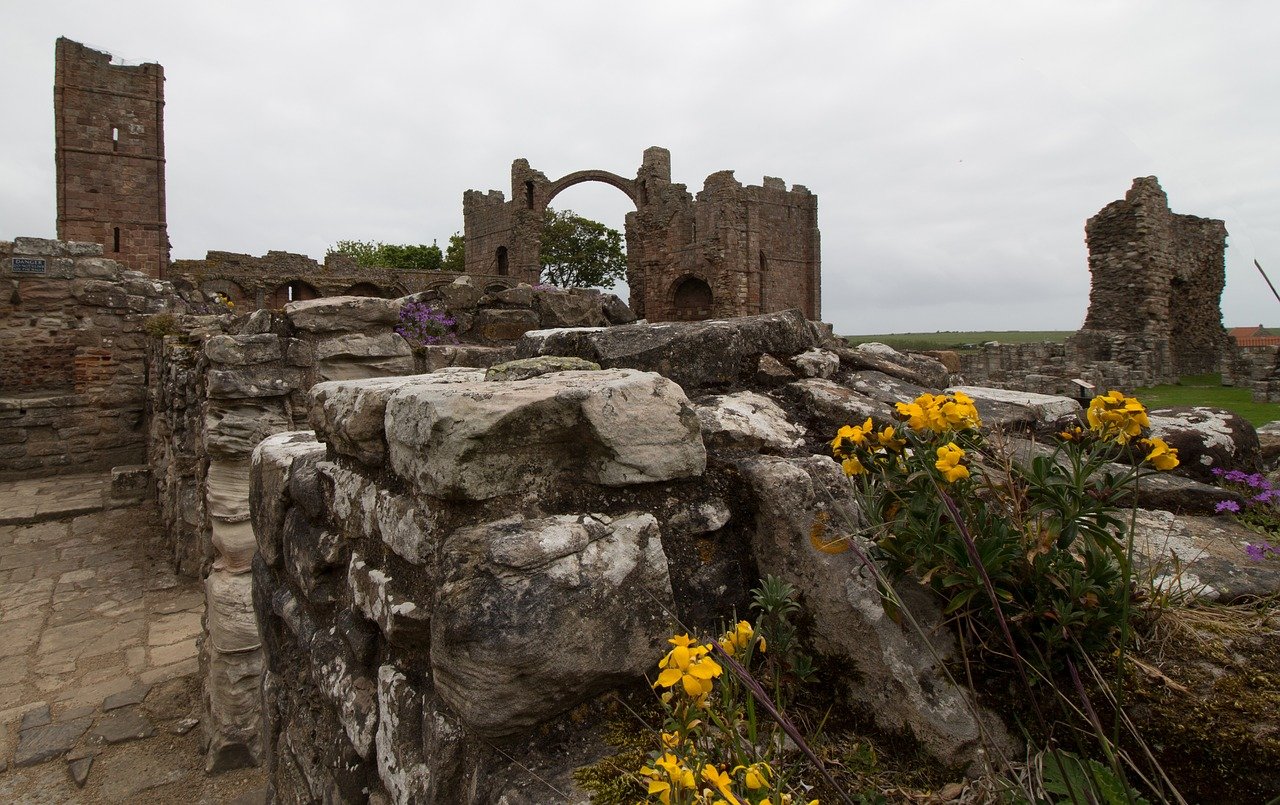
It is also where St Cuthbert was buried in 687 A.D and according to legend, eleven years after his death, his body was found to be in incorrupt state by the monks of the island. Lindisfarne thereafter became a place of pilgrimage and remains so to the present day. The course of the original pilgrim’s way is still marked out across the tidal sands.
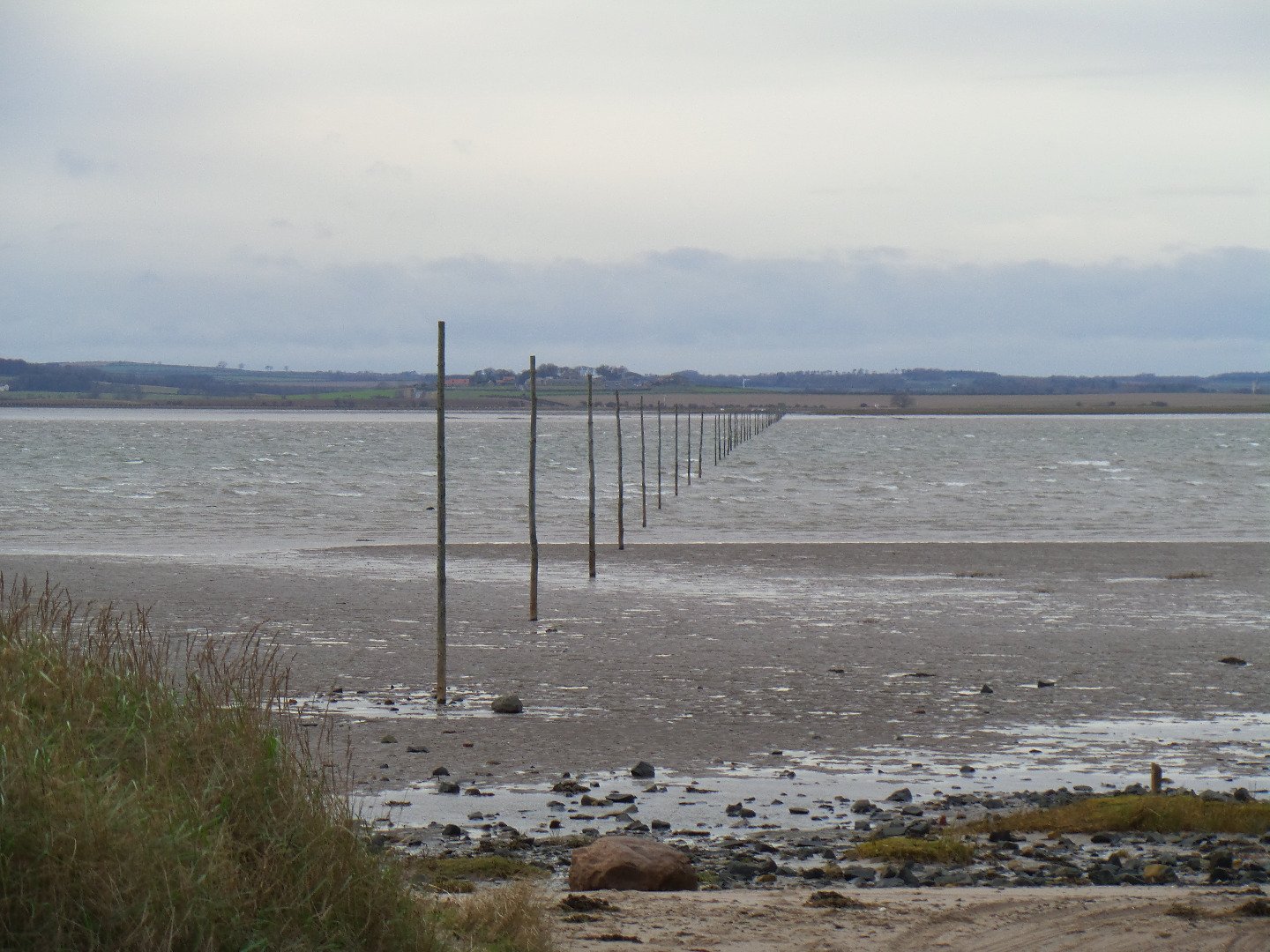
The original monastery was burnt to the ground by a Viking raid in 793 A.D which is dramatically described in the Anglo-Saxon Chronicle
" 793. In this year terrible portents appeared over Northumbria, which sorely affrighted the inhabitants: there were exceptional flashes of lightning, and fiery dragons were seen flying through the air. A great famine followed hard upon these signs; and a little later in that same year, on the 8th June, the harrying of the heathen miserably destroyed God's church by rapine and slaughter. "
The monks managed to hold on at Lindisfarne despite repeated raids but finally gave up and left the island in 875 A.D carrying the bones of St Cuthbert with them. The ruins seen today on the island are those of the new monastery that was built during the early 12th century. A place of great natural beauty and splendid isolation, Lindisfarne is cut off twice a day from the mainland as the causeway is covered over by the sea. This has led to numerous incidents of cars not heeding the tide timetables and becoming stranded.

At night, when the island village is quiet, the haunting sound of seals ‘singing’ drifts over from the sand banks that lay just off the coast. After hearing them one can understand where the legend of the Greek sirens may have originated from.
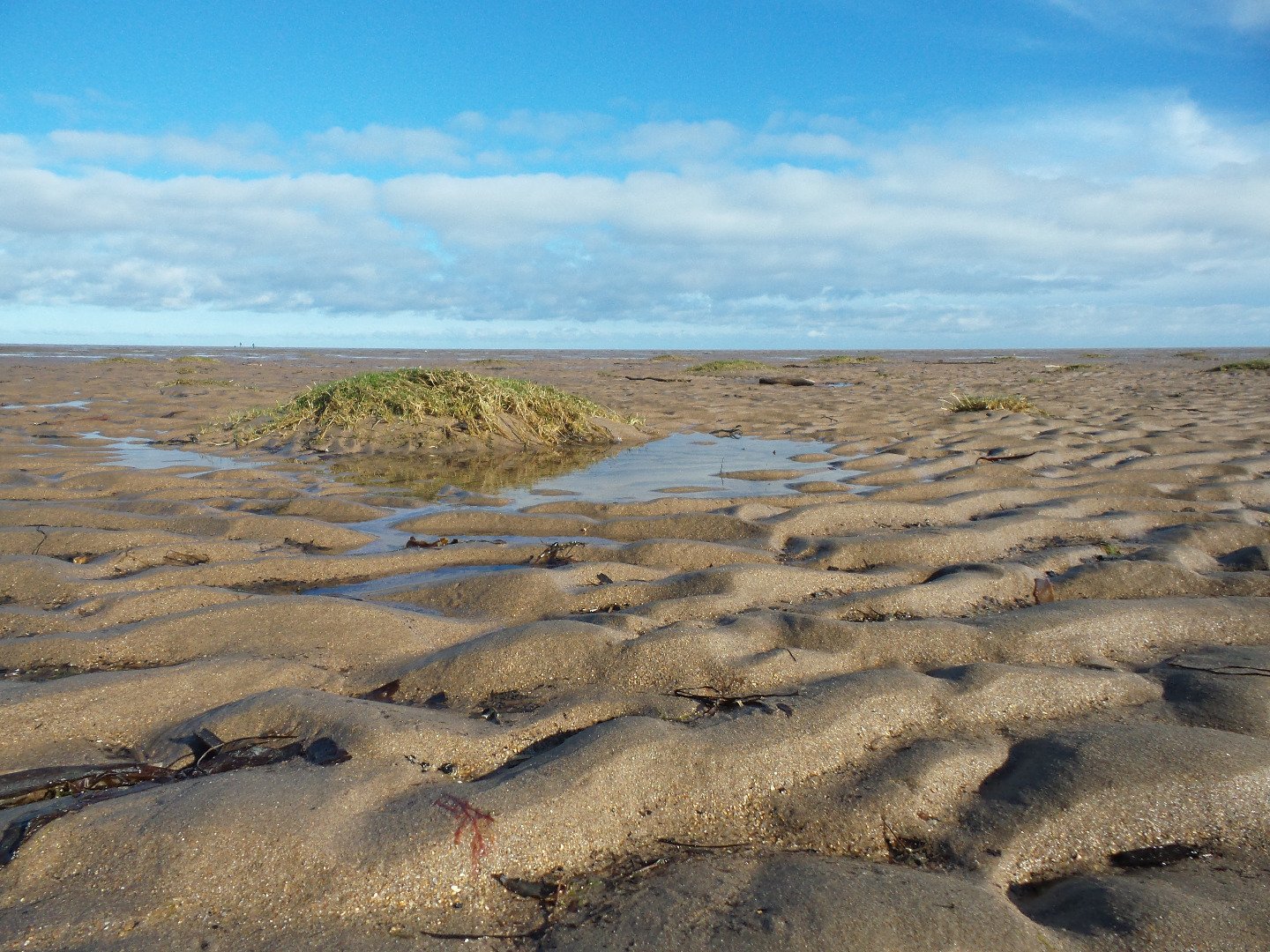
There are miles of open beaches when the tide is out.
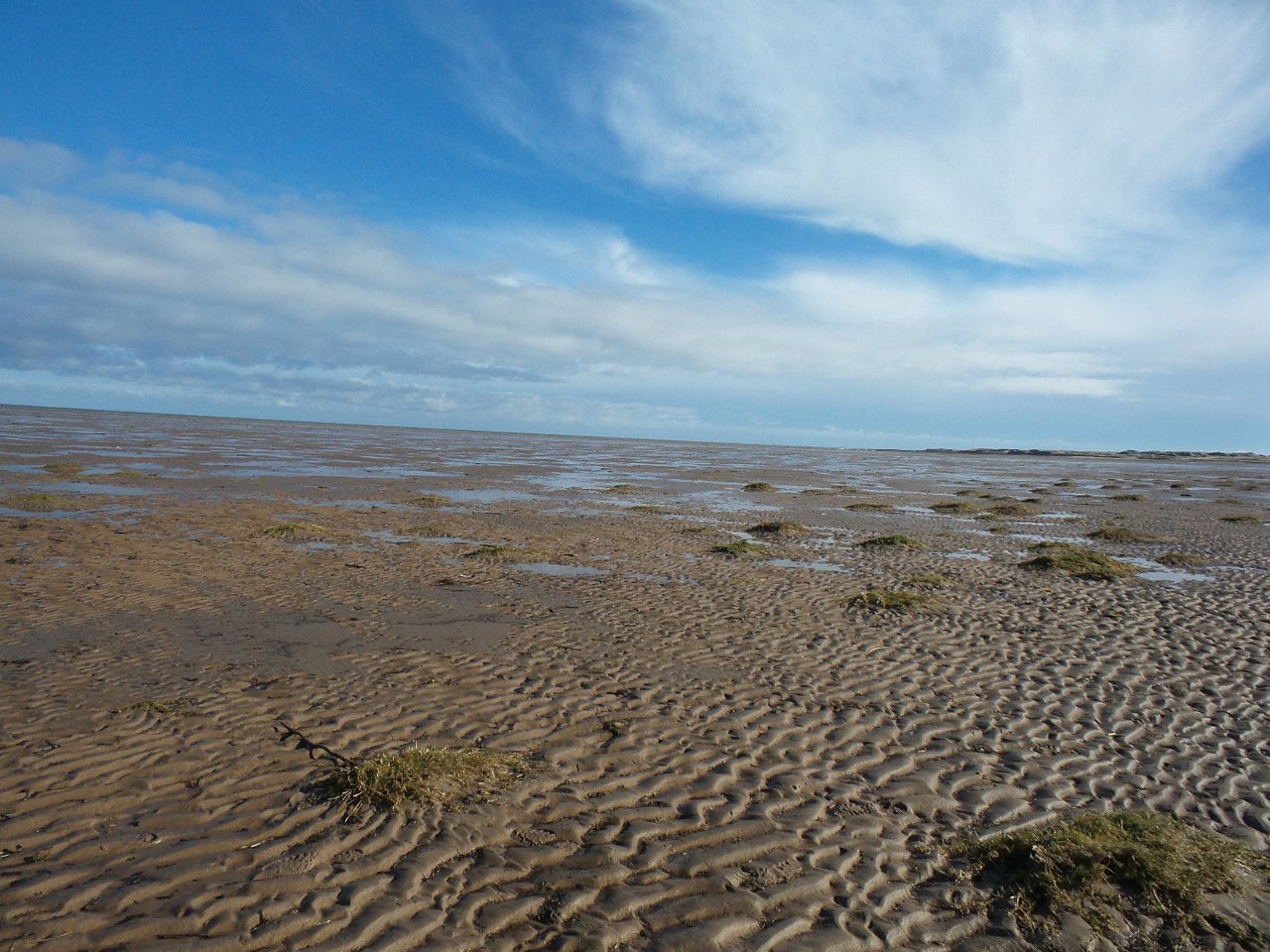
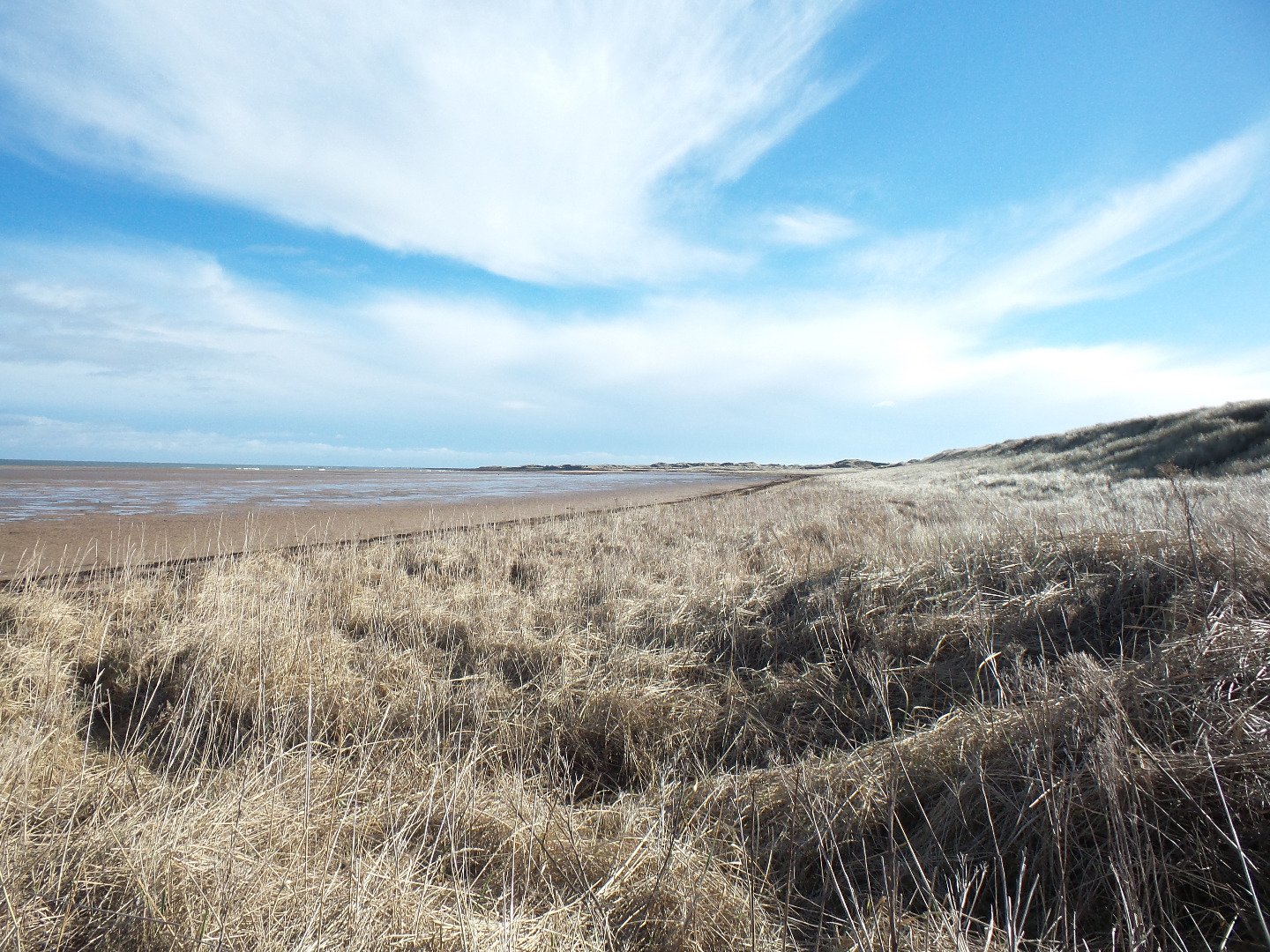
There is something deeply special about this island that will keep dragging me back for many years to come.
Information for this post taken from the englandnortheast website.
